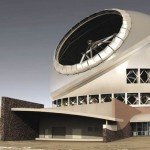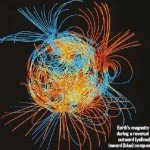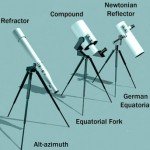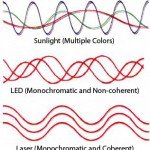Amazingly Bright Pulsar Spotted
Astronomers have found a pulsar in galaxy M82 that shines with the energy of 10 billion Suns, making it the brightest such object ever found. The pulsar – the collapsed, rapidly spinning remains of a star that has gone supernova – was discovered using NASA’s NuSTAR X-ray observatory.

The high-energy X-rays from the pulsar, shown in magenta, were thought to be the work of a black hole
“You might think of this pulsar as the ‘Mighty Mouse’ of stellar remnants,” says NuSTAR scientist Fiona Harrison from the California Institute of Technology in Pasadena. “It has all the power of a black hole, but with much less mass.” The really shocking thing about this discovery is that the source of these X-rays isn’t a black hole.
This pulsar is what’s known as an ultraluminous X-ray source, or ULX. Until now, all ULXs were thought to be black holes, which shine brightly in X-rays as matter swirling towards them heats to enormous temperatures. But the observations picked up by NuStar showed that the X-rays coming from this ULX, called M82 X-2, were actually pulsing, something black holes are not known for. M82 X-2 was in fact pulsing every 1.37 seconds, with an energy output around 10 times greater that of other X-ray pulsars.
A pulsar can form when a massive star explodes and its core collapses into a superdense neutron star only about 15km wide. It emits bright radiation from its magnetic poles, and if these beams sweep across the Earth as the neutron star rotates, they appear as regular pulses. As the neutron star’s gravity drags matter from a companion star, it heats up and glows strongly with X-rays. However, the rate of accretion needed to account for a ULX this bright is leaving theorists scratching their heads.
Further studies by NASA’s Chandra X-ray Observatory and Swift satellite have confirmed that the intense X-rays come from a pulsar. “Having a diverse array of telescopes in space means that they can help each other out,” says Paul Hertz from NASA’s headquarters in Washington, DC.
“When one telescope makes a discovery, others with complementary capabilities can be called in to investigate it at different wavelengths.” Before the association with pulsars was discovered, the unusually bright X-rays of M82 were attributed to medium-sized black holes. (Source : Nasa)


























